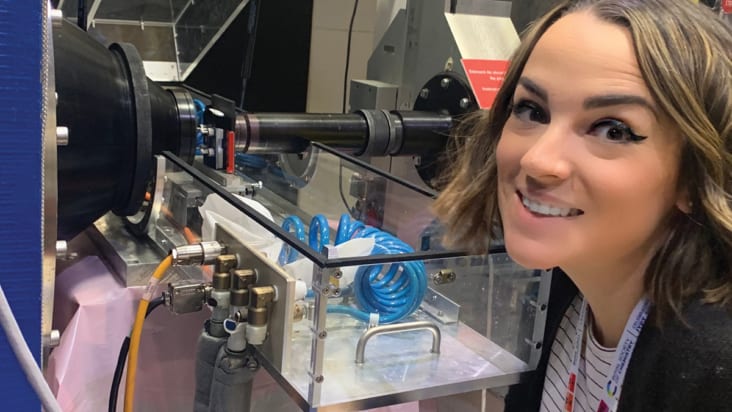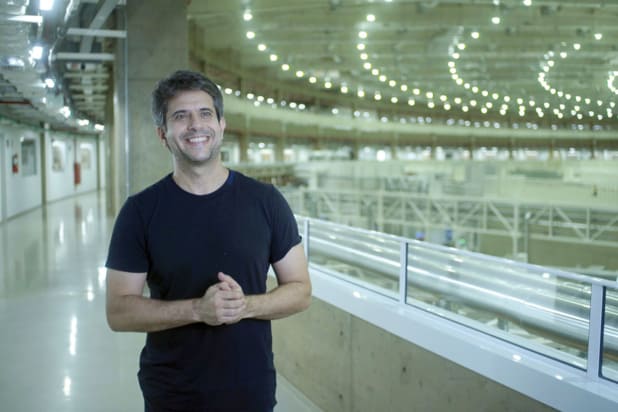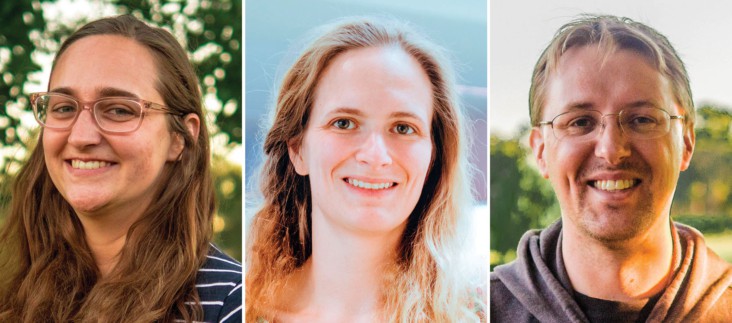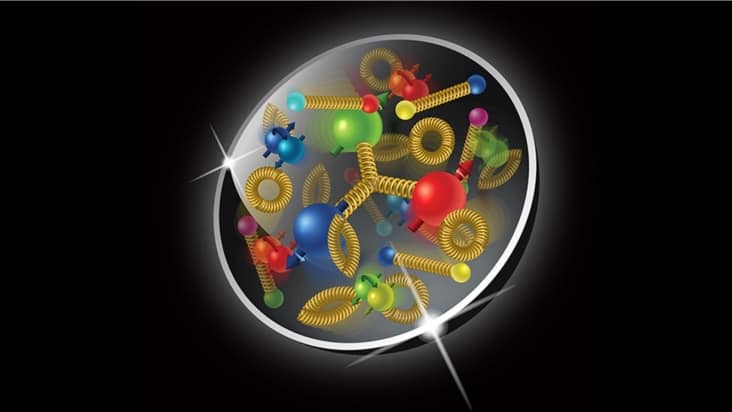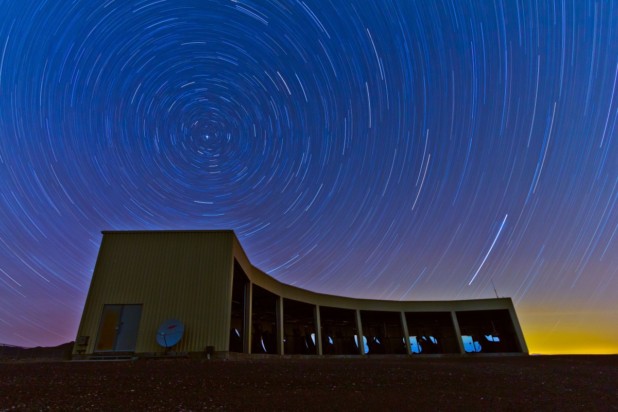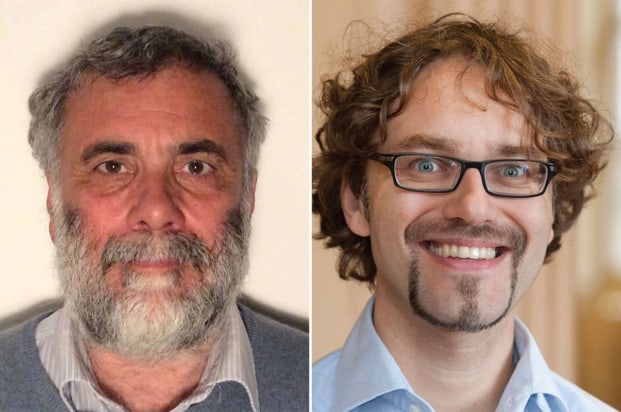Physics World Big Science Briefing 2021
Science in China is booming so it should come as no surprise that the country is investing heavily in a variety of big science projects. In this Briefing the science writer Ling Xin profiles four facilities that are currently under construction in China. These include a hypergravity centre, which will use huge centrifuges to do a wide range of geosciences and engineering studies, and a high-intensity ion accelerator for creating and studying exotic nuclei. Also covered are a neutrino observatory that is being built deep underground and an X-ray free electron laser (XFEL), which is due to open in 2025.
Expand to full screen, bookmark pages or download a PDF to read offline using the icons beneath the screen. Read it now
Or you can read selected articles from the Physics World Big Science Briefing 2021 in HTML format
Want even more from Physics World?
Get more from Physics World without waiting for the next issue. The same great journalism, but delivered to you daily. Read updates on the latest research as soon as they happen and access more than 25 years of online content, organized across 15 dedicated scientific areas. Visit the homepage to start exploring.


